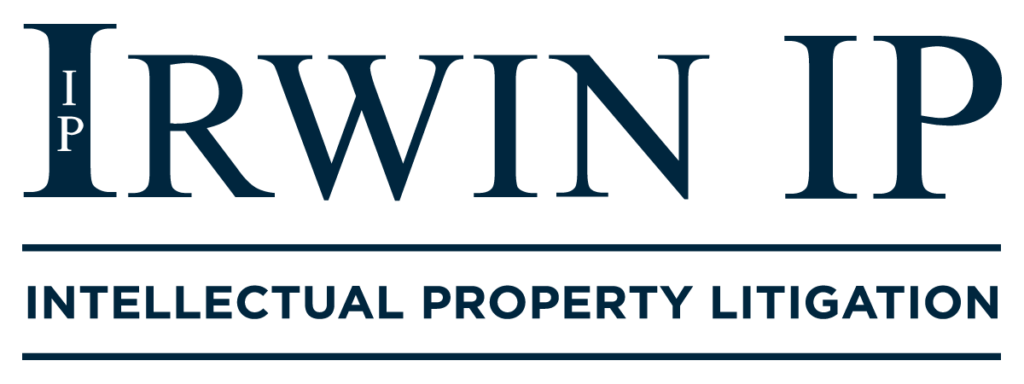In this appeal of an inter partes review (“IPR”) by the Patent Trial and Appeal Board (“PTAB”), the CAFC upheld the PTAB’s decision that the term “self-similar” in a substitute claim 57[1] of U.S. Patent No. 9,565,493 (the “‘493 Patent”) was not indefinite, among other issues. The ‘493 Patent is owned by the Appellee Shure Acquisition Holdings, Inc. (“Shure”) and claims arrays of microphones and housings so that they may be fitted into a drop ceiling grid. The embodiment at issue includes an array configuration with “a plurality of microphone transducers selectively positioned in a self-similar or fractal-like configuration, or constellation.” The ‘493 Patent at 3:66-4:1.
Under 35 U.S.C. § 112(b), patent claims must “particularly point[] out and distinctly claim[] the subject matter” regarded as the invention. This requires that the claims, “viewed in light of the specification and prosecution history, inform those skilled in the art about the scope of the invention with reasonable certainty.”[2] The Board found that a skilled artisan would understand “self-similar” to have had a well-known meaning and include the specification’s disclosure of “fractal-like[] configurations or constellations.” It also concluded that the specification was clear and did not deviate from the term’s well-known meaning.
On appeal, Appellant ClearOne, Inc. (“ClearOne”) raised two main arguments, both of which were rejected by the CAFC. First, it argued that the specification created ambiguity by introducing examples of patterns (i.e., fractals, concentric circles, and repeating patterns) distinct from “self-similar.” This argument was rejected by the CAFC because the patterns are examples of “self-similar” configurations, not of distinct embodiments. Further, extrinsic evidence supported that “self-similar” had a definite meaning.
Second, ClearOne argued that the term “self-similar” is composed of two separate terms of degree (i.e., “self” and “similar”) and that there are different ways to interpret them. The CAFC rejected that argument because claim 57 did not use the term “similar” in isolation as a term of degree. Instead, the term was used in the context of a self-repeating geometric pattern for configuring microphones in an array, which is supported by the claim’s language that it is the configuration that must be self-similar. Further, the CAFC stated that a term being susceptible to more than one meaning does not render it indefinite. This opinion demonstrates that, even if a term may appear to be a term of degree and be susceptible to multiple interpretations, the scope of the invention may still be reasonably certain.
[1] During IPR, Shure amended the claims of the ‘493 Patent and added the independent claim 57 that recites in relevant part: “an array microphone comprising a plurality of microphones arranged in a self-similar configuration . . . .”
[2] Nautilus, Inc. v. Biosig Instruments, Inc., 572 U.S. 898, 910 (2014).
